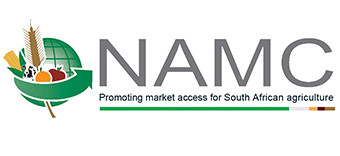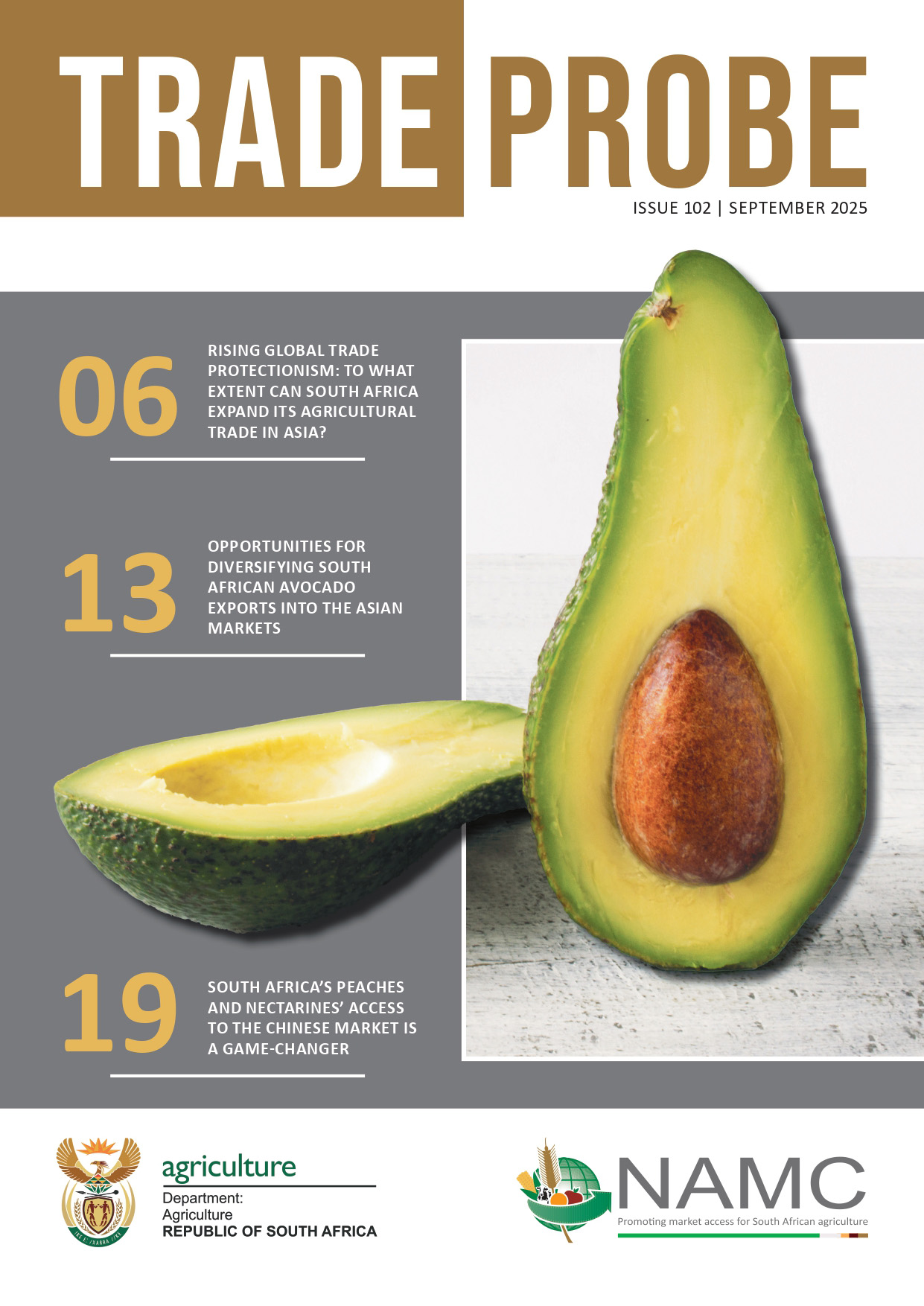STRATEGIC TRADE EXPANSION INTO ASIA: LEVERAGING ZERO-TARIFF OPPORTUNITIES FOR SOUTH AFRICAN HEMP
By: Dr. Siphe Zantsi
Introduction
Tariffs remain a significant barrier for many exporting countries rising geopolitical tensions.. Zero-tariff arrangements therefore present a golden opportunity—especially with major economies like China, which a massive market due to the country being highly industrialised and densely populated.
Expansion opportunities
The strategic trade expansion into China is therefore a promising opportunity for South Africa. On the one hand China’s industrial hemp market was valued at USD 970.12 million in 2023 and is projected to reach USD 6,703.50 million by 2032, growing at a CAGR of 23.9%( Chandwade, 2025) This surge is driven by increasing global demand for sustainable and eco-friendly products across various industries. On the other hand, South Africa has a promising cannabis industry, albeit still in its early stages. “Cannabis” is an umbrella term comprising three main categories: recreational cannabis (commonly referred to as marijuana or dagga), medicinal cannabis, and industrial cannabis—also known as hemp, which is the focus of this article. Hemp contains only trace amounts of tetrahydrocannabinol (THC), the psychoactive compound responsible for the “high” associated with marijuana.
In 2021, hemp was declared an agricultural crop under the Plant Improvement Act (PIA), No. 53 of 1976 (National Department of Agriculture, 2021). This act regulates the import and export of selected plants and propagating material, while maintaining their quality and ensuring their agricultural and industrial utility. According to the National Department of Agriculture, over 1,100 hemp permits have been issued to prospective producers. However, only a small portion of these permit holders have begun cultivation. During nationwide hemp training sessions conducted by the Agricultural Research Council (ARC) and the Department of Agriculture, 20% of farmers had started planting. The main reasons for this hesitation included: limited access to seeds (though ARC varieties have now been registered and will soon be available), insufficient production knowledge (which was addressed in last year’s training), and lack of market access.
Industrial crops like hemp cannot be sold informally through street vendors or hawkers. Instead, securing an off-take agreement before planting is key. Such agreements ensure market security and allow farmers to meet specific buyer requirements from the outset. At present, only a few companies offer these agreements, and many are located far from the areas where potential producers reside. Most hemp permit holders are in the former homelands of the Eastern Cape, KwaZulu-Natal, and Limpopo.
To grow the hemp industry, a reliable market is essential. When farmers are assured of buyers, they are more likely to invest in production initiatives. There is a strong demand for hemp from China. However, the few South African companies that are exporting hemp are unable to meet this demand due to low production volumes especially within their operational radius. These are the types of businesses that need targeted government support to resolve market access challenges. Since the locations of permit holders are known from the information gathered when one applies for a cultivation permit, efforts should be made to develop markets within a 100 km radius of these producers to minimise transaction costs and boost participation.
Conclusion
Initiatives that expand market access are powerful tools for rural economic empowerment. A compelling example is the communal wool industry. Around 25 years ago, wool had little commercial value in communal areas such as the former homelands. The turning point came when the Department of Agriculture partnered with the National Wool Growers Association (NWGA) to improve the genetic quality of communal sheep flocks and to build shearing sheds. As a result, formally marketed communal wool in the Eastern Cape increased from 222,610 kg in the 1997/1998 season to over 5 million kg by 2017/2018. Today, communal farmers contribute 13% of South Africa’s national wool clip[1]. Notably, China is the largest importer of South African wool. The wool industry offers a blueprint for developing South Africa’s cannabis sector, particularly hemp. The impressive figures cited in the Cannabis Master Plan, which President Ramaphosa has referenced in several State of the Nation Addresses, can only be achieved through collaborative stakeholder engagement—just as we saw with the wool success story. These discussions must be prioritised in the Agriculture and Agro-Processing Master Plan.
[1] Wool Growers Association | Farmer Management | Sheep Farming | NWGA


